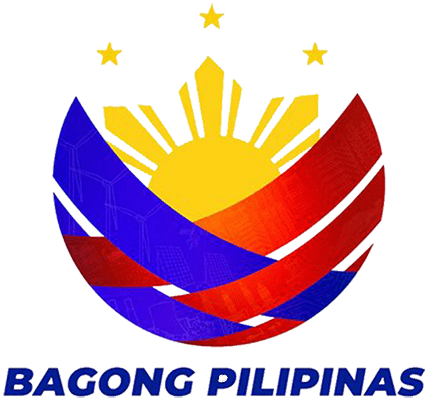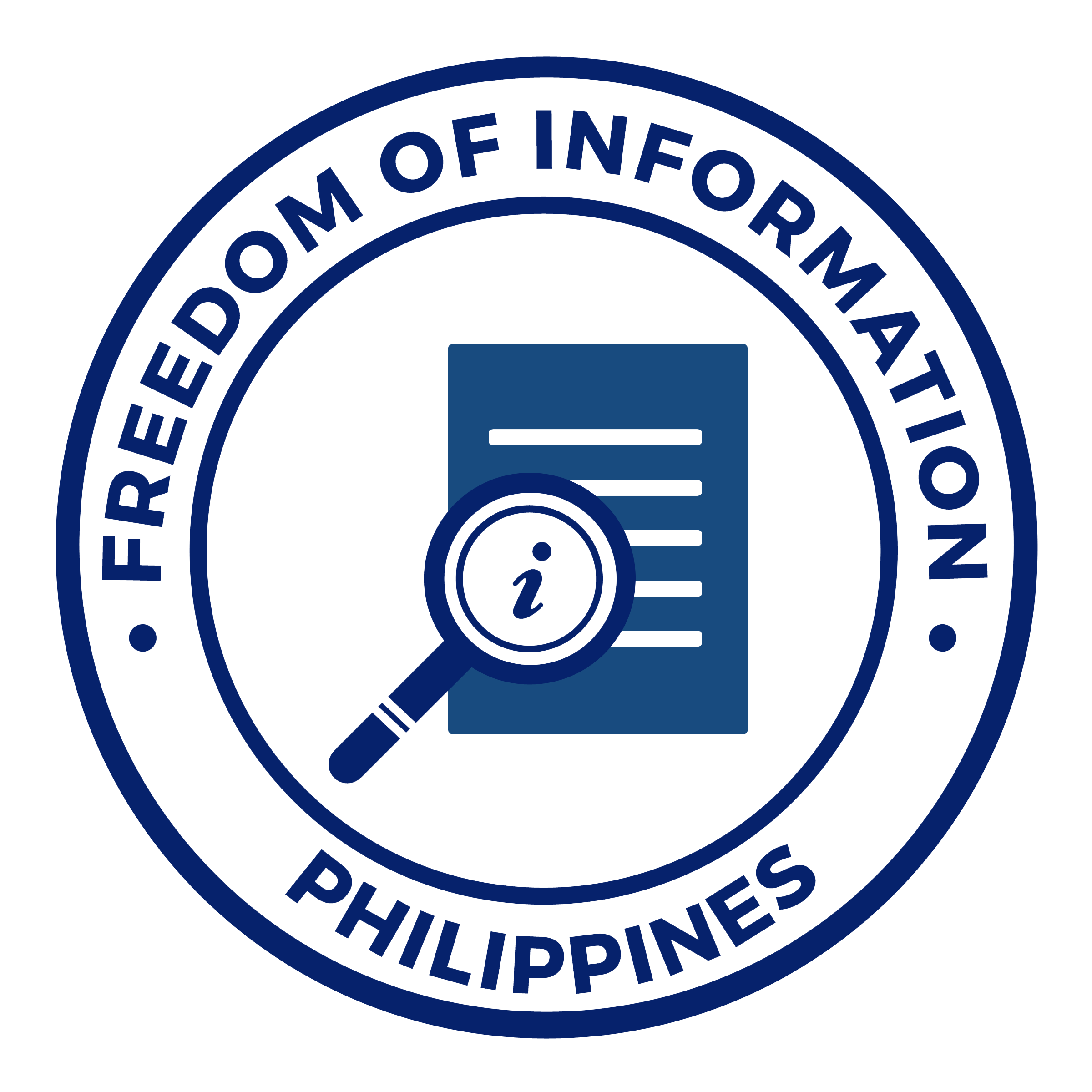NEWS AND UPDATES
Researchers present alternative way of measuring poverty

(L-R) Dr. Alice Joan G. Ferrer of UP Visayas, Dr. Elinda C. Palaganas of UP Baguio, Dr. Maria Lourdes K . Otayza of Mariano Marcos Memorial Hospital and Medical Center, and Prof. Fatima Castillo of UP Manila conclude the first half of the contributed papers session entitled “Alternative Gender-Aware Indices for Measuring Poverty: Implication for Healthcare for the Poor” by awarding certificates of appreciation to the speakers, Dr. Palaganas and Prof. Castillo.
In the recently concluded 11th Philippine National Health Research System (PNHRS) Week, researchers presented a paper discussing an alternative way of measuring poverty through different predetermined factors.
The research paper entitled, “Alternative Gender-Aware Indices for Measuring Poverty: Implication for Healthcare for the Poor” was part of the contributed papers session of the PNHRS Week on 24 August at the Philippine International Convention Center.
Unlike the index used by the World Bank and the International Monetary Fund (IMF), which use daily income and household as unit of measurement, the new poverty index, called Individual Deprivation Measure (IDM), provides a personal account of poverty in every assessed individual.
Through a three-phased, multi-year, multi-country, interdisciplinary study, the IDM takes into consideration individual factors such as age, gender, environment, and other key areas of life like access to food, water, shelter, health services, education, proper sanitation, and work and livelihood.
To develop the IDM, participants of the research were asked to enumerate items and aspects that they believe could help them escape poverty. The top 15 key areas ranked according to importance was used as the basis for creating the IDM.
With the new index, a new perspective on poverty can be considered by governments and international organizations in developing programs and policies for the poor.
The study is a collaborative effort of the Australian National University, in partnership with the International Women’s Development Agency (IWDA), and five other Indo-Pacific countries which will use the IDM as a benchmark for global poverty.
For more information, please visit the IWDA and IDM websites..




